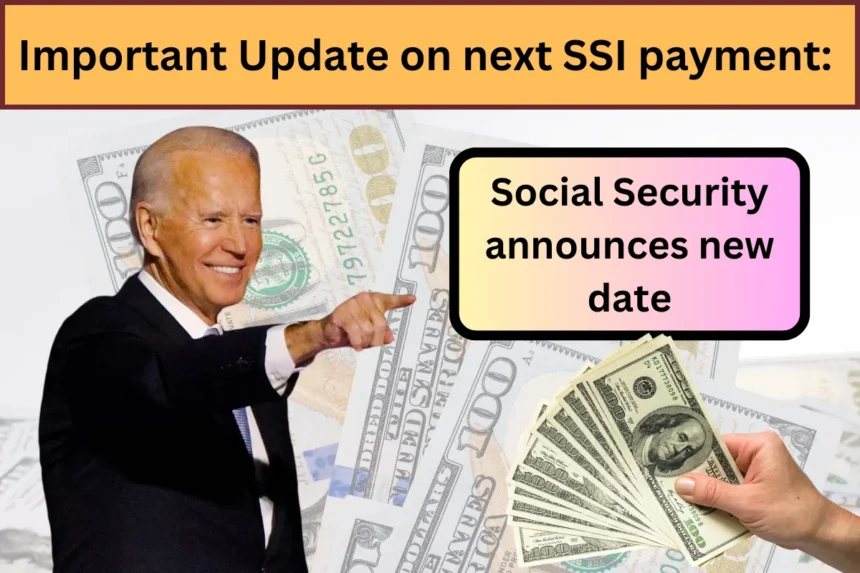Thinking about Social Security benefits can be overwhelming. Many people view it as a crucial goal, but they might not realize the pressure you can feel when faced with financial difficulties that could lead to poverty. It’s important to take any opportunity that can help you avoid the worst-case scenario.
One such opportunity is Supplemental Security Income, or SSI. This article will provide you with important information about how to apply for this financial aid if you’re experiencing financial difficulties or know someone who is.
What is Social Security?
How Does Social Security Work?
Social Security is often thought of as a program that provides monthly payments to seniors aged 62 or older. This payment is called an annuity and is based on how much Social Security tax you’ve paid throughout your life. To qualify, you need to have made at least 10 years of continuous payments.
More Than Just Old-Age Insurance
The Social Security Administration (SSA) does more than provide old-age and disability insurance. It also runs programs like SSI to help Americans in financial need meet their basic needs, giving them more time to recover and regain financial stability. This is the main goal of SSI.
Applying for Supplemental Security Income
How Can You Apply for SSI?
Unlike other SSA programs, SSI doesn’t require you to meet any tax-related criteria or make payments to receive benefits. Your application can be approved even if you’re not a U.S. citizen. The program is designed to help those at risk of poverty, and the criteria reflect this aim. To apply, you must meet three main criteria:
Demographic Criteria
- You must be 65 years old or older.
Income Criteria
- You must earn $1,971 or less each month if applying alone, or $2,915 if applying as a couple.
Assets Criteria
- You must have $2,000 in applicable assets if applying as an individual, or $3,000 if applying as a couple.
Payment Schedule for SSI
When Will You Receive Your Payment?
The SSI payment schedule is straightforward. The date you started receiving benefits determines your payment date. If you began receiving benefits before May 1997, you’ll receive your payment on the third of the month. If you started after May 1997, you’ll receive your payment on the first of the month, unless this date falls on a weekend or holiday. In that case, you’ll receive your payment on the last business day before the first.
For example, the next SSI payment will be issued on July 1st. If you don’t receive your payment on time, the SSA suggests waiting at least three additional postal days before filing a claim.
FAQs About Social Security and SSI
What is the difference between Social Security and SSI?
Social Security provides benefits based on work history and payments into the system, while SSI is need-based and helps those with limited income and resources.
Can non-citizens apply for SSI?
Yes, certain non-citizens can apply for SSI if they meet specific eligibility criteria.
How can I apply for SSI?
You can apply for SSI by visiting the SSA website or contacting your local SSA office.
What should I do if I don’t receive my SSI payment on time?
Wait at least three additional postal days before filing a claim with the SSA.
Are there any exceptions to the SSI eligibility criteria?
The SSA may make exceptions in certain cases, so it’s best to check with them directly for specific situations.
Receiving Social Security benefits, especially SSI, can make a significant difference in your life if you’re facing financial difficulties. Understanding how to apply and knowing when to expect payments can help you navigate the process more smoothly. Don’t hesitate to take advantage of these benefits if you’re eligible, as they are designed to support those in need and help prevent poverty.

